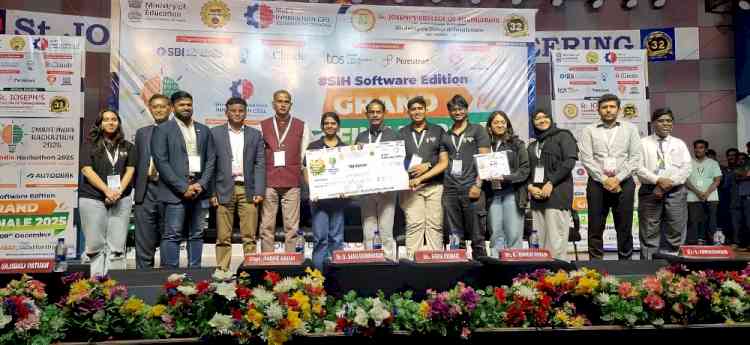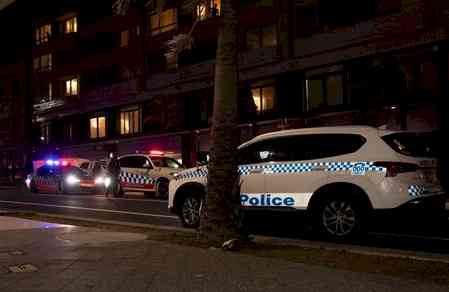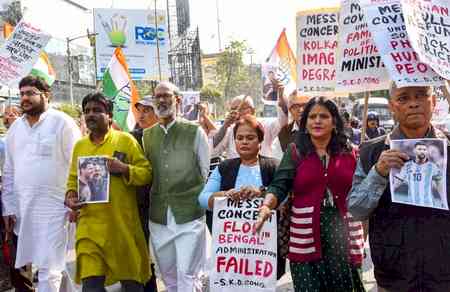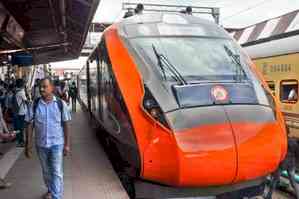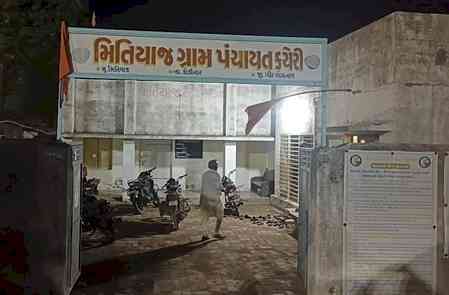Lecture on “Application of Advanced Technology in Aviation Safety and Accident Investigation” Organised at Panjab University
The Society for Promotion of Science & Technology in India (SPSTI), in collaboration with the Department of Physics, Panjab University, Chandigarh, today organised a lecture on “Application of Advanced Technology in Aviation Safety and Accident Investigation” at the B. M. Anand Auditorium, Panjab University.
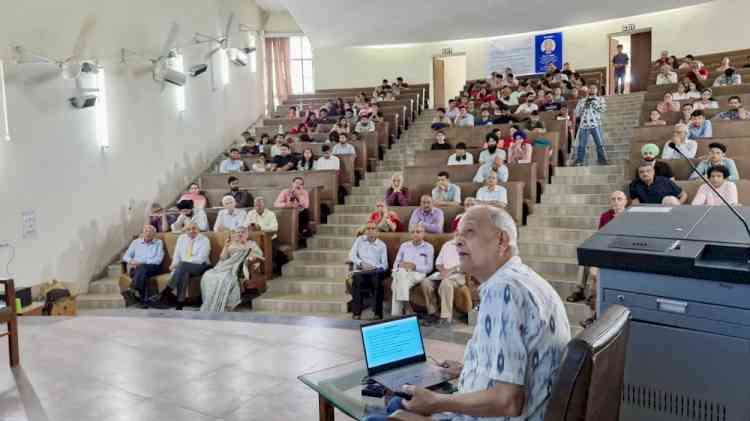
Chandigarh, August 19, 2025: The Society for Promotion of Science & Technology in India (SPSTI), in collaboration with the Department of Physics, Panjab University, Chandigarh, today organised a lecture on “Application of Advanced Technology in Aviation Safety and Accident Investigation” at the B. M. Anand Auditorium, Panjab University.
The lecture was delivered by H. S. Khola, Former Director General of Civil Aviation, Government of India, and presided over by Prof. S. C. Sharma, Former Professor & Head, Department of Aeronautical Engineering, PEC, Chandigarh.
In his address, Khola highlighted the role of aviation regulators and the complexities involved in ensuring safety in air travel. Presenting accident data, he noted that nearly 60 percent of accidents occur during approach and landing, often due to human errors and poor weather conditions. He emphasised that most such accidents were avoidable through better compliance and training.
Drawing on case studies, including the tragic Air India “Kanishka” (1985) and “Emperor Ashoka” (1978) crashes, Khola explained how Digital Flight Data Recorders (DFDR) and Cockpit Voice Recorders (CVR) provide the most accurate evidence for accident investigation. His analysis illustrated how metallurgical examination, medical science, and DFDR/CVR data together established the cause of accidents, including evidence of explosion in the Kanishka case.
Khola also underlined the transformative impact of advanced technologies such as the Airborne Collision Avoidance System (ACAS), Enhanced Ground Proximity Warning System (EGPWS), and mandatory flight data monitoring systems, which have significantly reduced accident risks. He credited India’s leadership in pushing ICAO to mandate ACAS worldwide after the Charkhi Dadri mid-air collision.
A special focus was given to satellite-based Communication, Navigation, Surveillance & Air Traffic Management (CNS/ATM) systems and the Indian GAGAN project, jointly developed by ISRO and AAI.
Khola, who was directly associated with its planning at ICAO and India’s implementation committee, emphasised that GAGAN has enhanced navigation accuracy, increased airspace capacity, and improved safety at difficult airports. He concluded by presenting global statistics showing that air travel is now the safest mode of transportation, over 270 times safer than road travel. Advanced technologies, he stressed, have been pivotal in reducing aviation fatal accidents by more than 80% in the last four decades.
The lecture was followed by a lively question-and-answer session moderated by Gp. Capt. Aurobindo Handa, Former DG, Aircraft Accident Investigation Bureau, Government of India. The event also included a felicitation ceremony of dignitaries and concluded with a vote of thanks by Mr. Dharam Vir, President, SPSTI.
The program was sponsored by M/S Studds Accessories Ltd., Faridabad, with support from students and faculty of the Department of Aerospace Engineering, Punjab Engineering College (PEC), Chandigarh.


 City Air News
City Air News 
